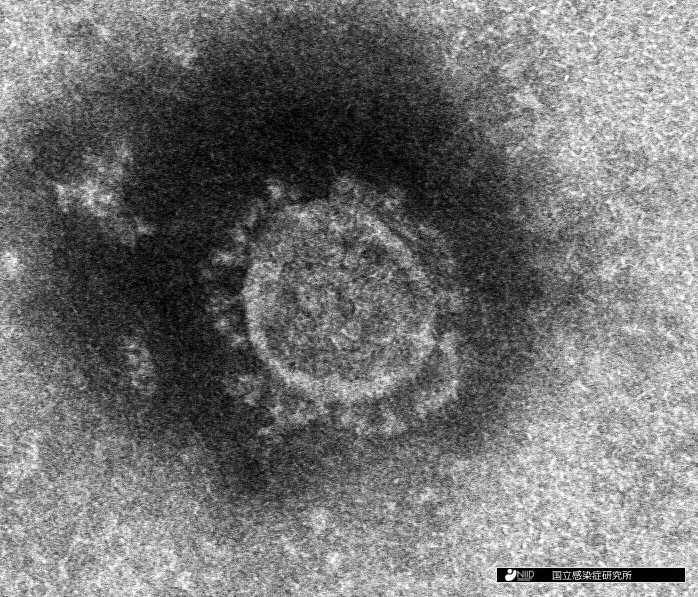Jpn. J. Infect. Dis., 65 (1), 72-74, 2012
To see a printable version of the article in the Adobe file format, click this [PDF] link.
Hyun Kim1, Chie Nakajima1, Youn Uck Kim2, Kazumasa Yokoyama1, and Yasuhiko Suzuki1,3*
1Division of Global Epidemiology, Hokkaido University Research Center for Zoonosis Control, Sapporo 001-0020; 3JST/JICA-SATREPS, Tokyo 120-8666, Japan; and 2Department of Biomedical Sciences, Sun Moon University, A-San 336-708, Republic of Korea
(Received September 14, 2011. Accepted October 31, 2011)
*Corresponding author: Mailing address: Division of Global Epidemiology, Hokkaido University Research Center for Zoonosis Control, Kita 20-Nishi 10, Kita-ku, Sapporo 001-0020, Japan. Tel: +81-11-706-9503, Fax: +81-11-706-7310, E-mail: This email address is being protected from spambots. You need JavaScript enabled to view it.
SUMMARY: We conducted in vitro DNA supercoiling assays, utilizing recombinant DNA gyrases, to elucidate the influence of the lineage-specific serine or threonine residue at position 95 of GyrA on fluoroquinolone resistance in Mycobacterium tuberculosis. There was little effect of the GyrA-Ala74Ser amino acid substitution on activity of the GyrA-Ser95 gyrase, while activity of the GyrA-Asp94Gly-Ser95 gyrase was reduced. These findings were in striking contrast to previous reports analyzing GyrA with Thr95 and suggest an important impact of the amino acid in the development of fluoroquinolone resistance.
